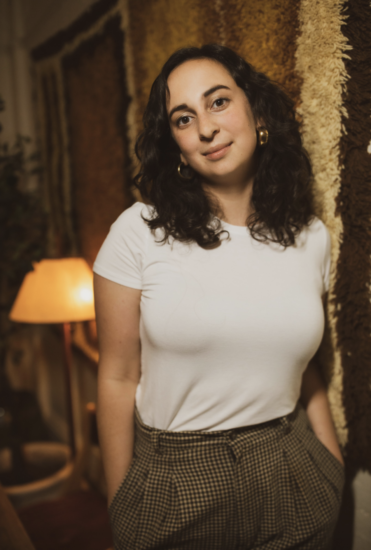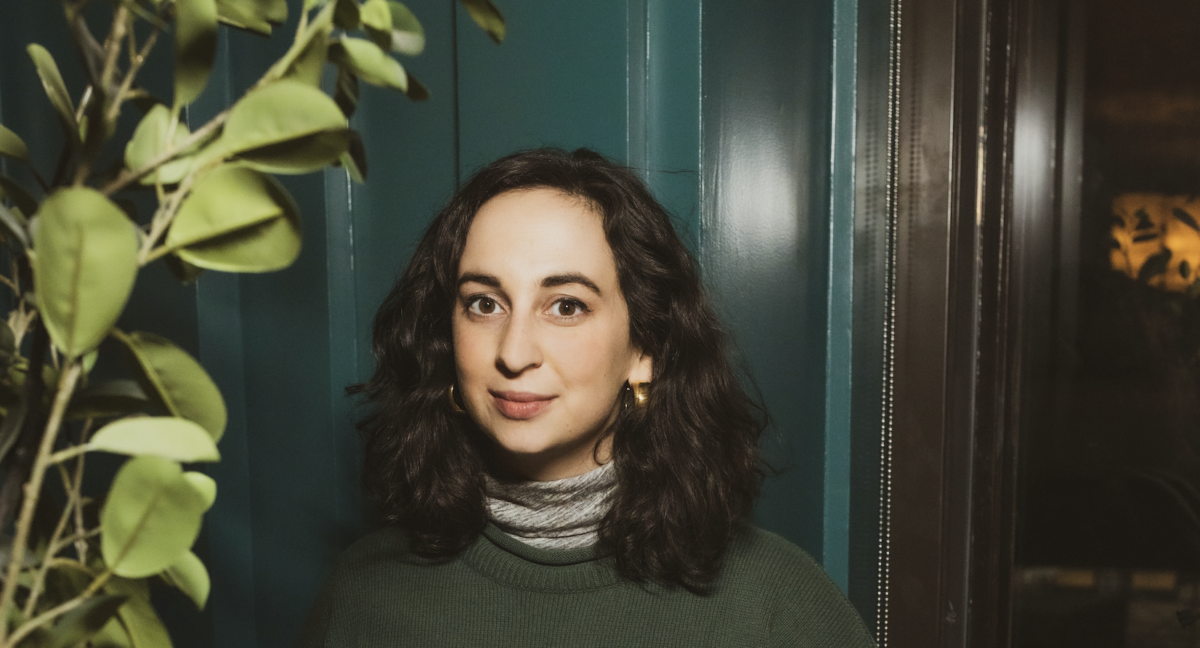Newark native talks about ‘Murder Durder’ and other highs after six seasons of writing bits, skits and other funny stuff for Saturday Night Live
Sudi Green has been on a hot streak. And she admits it.
“I’ve been lucky to be able to express myself,” Green says from her New York City apartment during a recent Zoom interview.
For the past six years, the Delaware native has been fulfilling her dream of being a comedy writer living in New York City and writing for Saturday Night Live, the undisputed paragon of TV comedy.
From the early days of Gilda Radner, Chevy Chase and John Belushi, to its current roster of comedians that includes stars like Kate McKinnon, Aidy Bryant and Kenan Thompson, SNL has successfully thrived and survived through multiple generations, regularly reinventing itself along the way.
As SNL enters its 47th season, in some way it will have to reinvent itself again, as Green has left this summer to bravely explore new territories.
She departs on a high mark, after a season that saw one of her most well-received skits, “Murder Durder,” generate laughs coast to coast even though, as a spoof on Mare of Easttown, the jokes were aimed specifically at the HBO hit series’ use of the Delco accent — a local dialect most Out & About readers know all too well (and may be very fluent in, admittedly).
So what’s next for Green?
“I’m kind of writing the next chapter as we speak,” the funny woman says of her career status, adding that she’d like to act more, which was an aspect she pursued before her many days at SNL.
“I want to do it all: I want to write; I want to work with people that I love from the show and that I know that I love working with; and I want to work with new people that I can learn from,” she adds, enthusiastically. “I’m really excited about the future.”
Here, in her own words, is Green about how she approached her job at SNL, what the long hours were like, and who she recalls as an early influence in comedy.
O&A: You were a writer for Saturday Night Live since 2015. That’s a lot of time. When you were growing up in Newark, was it always a dream to do comedy writing like that?
Green: Yeah, pretty much since I was young. I started out wanting to be an actress and then kind of switched more to the writing side. But yeah, it was always a dream to be at SNL. And then I feel like I’m one of the very few people who actually got their childhood dream job, which is really surreal.
I have a very early television memory of watching Molly Shannon as “The Joyologist.” She used to do this character, The Joyologist — [Imitating Molly Shannon doing the character] “Yeah, I love it, I love it, I love it!” — and watching my father laugh hysterically at it.
To me, SNL was always a show that felt like it was for kids, but adults liked it. All I saw were crazy characters, and I loved it.
O&A: Molly Shannon did bring a great sense of exuberance to everything she did. When you look back on your career at SNL, what do you feel you brought to the table? Was there something you felt was your kind of expertise? Because there are lot of writers, right?
Green: Yes, there are a lot of writers, and what’s cool about SNL is that everybody is really encouraged to bring their own voice. I think that’s what makes it a variety show — there’s not one singular SNL voice. It’s everybody’s different spices sort of in there.
In terms of what I brought to the show, I feel like I grew up on SNL, and [my early days of] doing comedy were very influenced by SNL. I was always writing character comedy.
I think that’s why I wrote a lot of Weekend Update characters. I wrote “Bailey Gismert,” the movie reviewer with Heidi Gardner and “Carrie Krum,” the little kid travel expert with Aidy Bryant. I think the character work that I was doing when I was coming up in comedy really helped me write with performers [at SNL].
And then also pop culture — just always wanting to do a parody of a TV show. My writing partner, Fran Gillespie, who I mostly wrote with at the show, she and I are big TV fans. [We’d] get really into like a British dating show, like Love Island, and then write a parody of it. I feel like we did something similar recently when we wrote “Murder Durder,” the Mare of Easttown parody.
O&A: That skit was such a big hit with fans. With you growing up in Delaware, obviously that was something you could really personally connect with. When you were writing that script, did your fellow writers think you were talking in another language?
Green: I do the accent as a bit with my friends. I love the Delco accent. [Being from the] the area, I would just do it as a bit. We all are comedians — we do voices as a bit. So, then when Mare of Easttown came out, everybody was like, “Sudi, are you going to do something with this?” It was almost like I had to because I’m this girl who’s always saying “wudder.”
O&A: One of the skits you and Fran wrote, “A Kanye Place,” a spoof on A Quiet Place, was hysterical. One of the behind-the-scenes videos on the SNL website showed all the work that went into this skit, and it was amazing how much you did in just two days. From the writing, to then building the set, and then the special effects. It seemed very fast-paced. Is it always like that?
Green: It’s extremely fast-paced. And there are many different departments at SNL. As a writer, you might have this idea on Tuesday night. But what really makes it happen on Saturday night is that all these amazing departments — that are so good at what they do — work so quickly and throw so many resources behind what they do. It is always like that. [laughs]
And that is why it’s a little bit crazy. When you work there, as long as I did, you have to be a little bit crazy to do it. But you get such a rush when pulling it off.
Like, for example, on “Murder Durdur,” or we wrapped on Saturday — the shoot ended at 5am on Saturday. So, it wasn’t even Friday night; it was Saturday morning when it finished.
O&A: Wow, that’s incredible! How satisfying is it when you’re watching the show, and you hear people laughing at the skits you wrote? It’s got to be different from other comedy writing for HBO or Hulu, where you’re writing, and you don’t really get to see the response.
Green: It is so great when they laugh, because a lot of times, they really don’t. [laughs] Most of the time that stuff doesn’t end up on TV.
At dress rehearsal, you have a pretty good sense when you walk away of like, “That went well or that didn’t.”
The live performance aspect of it, getting to stand in the studio when your sketch is going on live television, and feeling that energy of the audience’s reaction — or if it’s a live sketch, not a pre-taped sketch, watching the performers perform and have fun with it — it makes it such a more tangible, real thing that you’re working on.
Rather than, in scripted television, which I also enjoy for different reasons, it’s such a long process until somebody actually gets to see it. By the time it actually airs on TV or streams, you might be moving on to something else, or thinking about the next season or something.
But SNL is so immediate.




